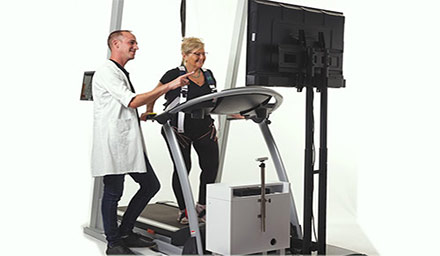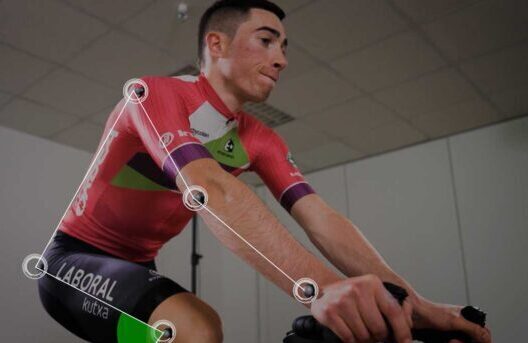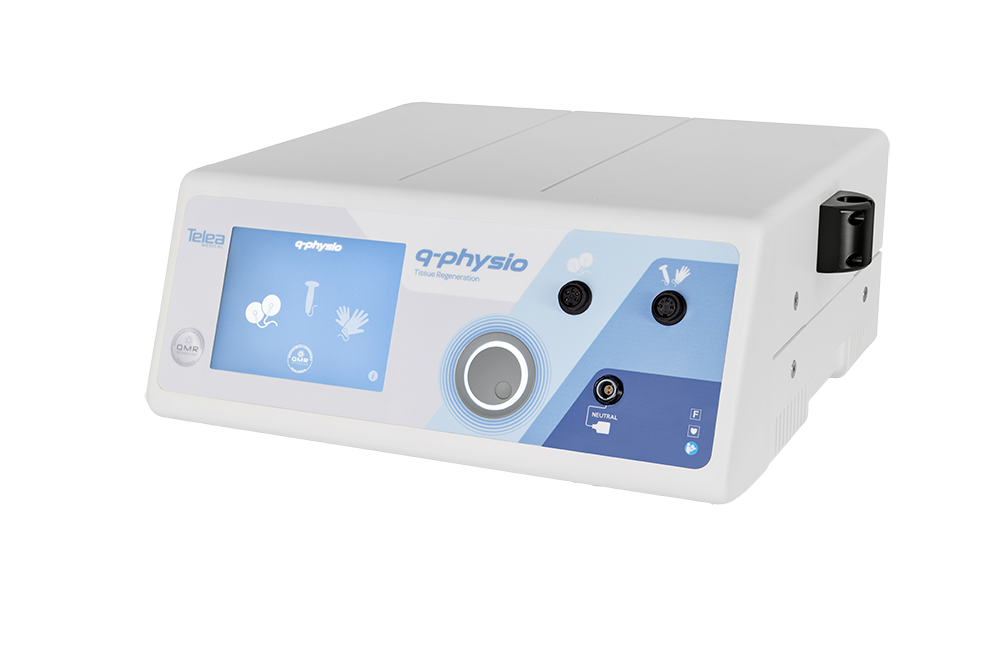A guest article from Prof. Karsten Knobloch

Player availability in high-level team sports is of utmost importance. Data from 2014 report that a one day time loss injury in an elite soccer player playing in European UEFA Champions League costs 20,000 Euros per day.
Given the real-world data published1 in the British Journal of Sports medicine by Jan Ekstrand and colleagues from the UEFA Elite Club Injury Study patella tendinopathy leads to an average of 18 days of meaning some 360,000 Euros loss. Achilles tendon pain is similar with an average time loss of 18.4 days. A knee MCL injury is 25 days, knee cartilage injuries 49 days and a knee ACL on average of 210 days time loss. Therefore, besides the medicine perspective there is a financial burden in elite ball sport athletes or in other words – time is money!
Evidence-wise, we see a profound body of evidence for shock wave therapy for tendon and bone issues in sports medicine. Therefore, Achilles and patella tendinopathies, which are very common especially in soccer and tennis players, can benefit substantially from Extracorporeal Shock Wave Therapy (ESWT) as well as from and Extracorporeal Magnetotransduction Therapy (EMTT). Saxena et al.2 have shown beautifully that the combination of radial shock wave and focused shock wave can improve your clinical results.
Likewise, the combination of ESWT and EMTT can lead to improved patient outcomes, which has been demonstrated in a randomized-controlled trial3 published by Klüter et al. In this trial on participants with rotatory cuff tendinopathies of the shoulder, EMTT plus focused ESWT lead to greater pain reduction (5 points on VAS) than ESWT alone (4 points on VAS).

Treatment of an ankle sprain with radial and focused ESWT as well as EMTT
Muscle injuries are frequent in ball sport athletes. It has been shown that both radial and focused ESWT can accelerate muscle healing by stimulation of satellite cells, stem cell activation, detonizing of the spastic muscle tone, potential anabolic effects and potentially other factors like modulation of inflammation and antifibrotic action. The sooner after a muscle injury ESWT is started, the shorter the downtime. EMTT adds substantial clinical efficacy in my sports clinic in this regard.
The potential beneficial effect of combined ESWT and EMTT on ligament healing is scientific-wise poorly understood. Clinically, I observe substantial healing acceleration when it comes to an ankle sprain.
Weninger et al.4 from Vienna have reported recently, that focused ESWT after knee ACL repair can improve recovery and improve clinical function. Still, dosage and especially timing of these beneficial interventions should be studied, preferably in clinical trials.
In conclusion, combining ESWT and EMTT will support the athletes’ recovery substantially.
References:
1 Ekstrand J., et al.: BJSM, 54:421-6, 2020. https://doi.org/10.1136/bjsports-2019-100666
2 Saxena A., et al.: Muscles Ligaments Tendons J. 9(4), 2019. https://doi.org/10.1053/j.jfas.2021.01.009
3 Klüter T., et al.: Electromagn Biol Med., 37(4), 2018.https://doi.org/10.1080/15368378.2018.1499030
4 Weninger P. et al.: J Clin Med., 12(10):3350, 2023. https://doi.org/10.3390/jcm12103350

































